Have you seen the ritual of sowing beans or the tradition of eating giant sushi rolls? These are practices for the setsubun event. Let’s take a look at what is setsubun, the origin of Setsubun, its relationship with Lichun, and the correct way to sow beans.
One of the best ways to explore Tokyo is to visit the local areas and immerse yourself in the local culture. If you want to explore local areas, we have created scavenger hunt adventures personalised to your interests, filled with fun facts, clues and puzzles. If you’re curious, you can check out the games here! Check out the Flip Japan Games here! |
Find out about Modern Fashion, Kimono culture, Jikkyousha, the weeaboo culture, ninja, geisha, samurai, horror legends and folktales.
When is setsubun in 2022?
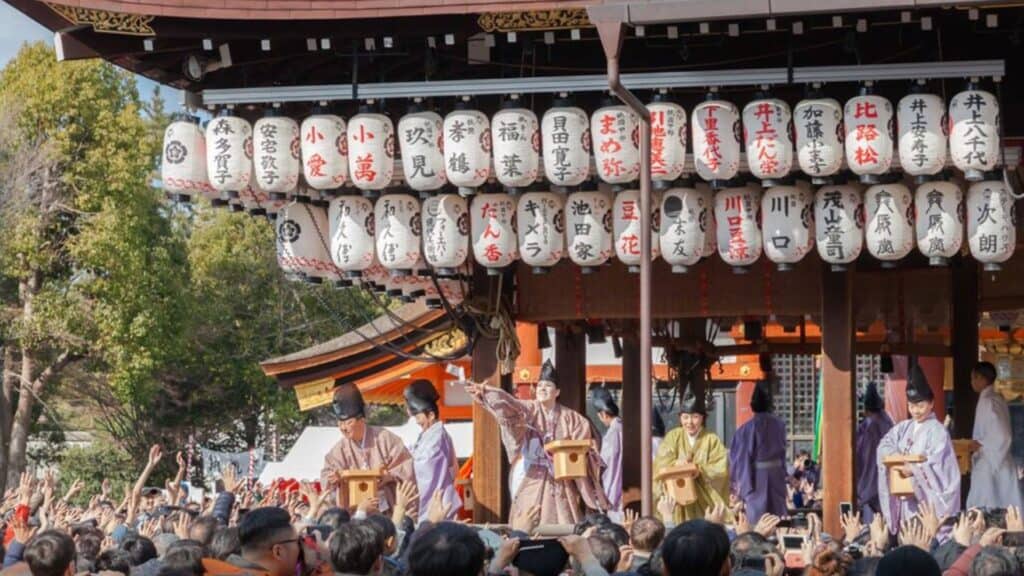
Setsubun in 2022 is on Thursday, February 3rd. In the solar calendar, the new moon closest to the beginning of spring is set as the first day of the new year. With the beginning of the new year, Setsubun is generally held in the beginning of spring.
What is setsubun?
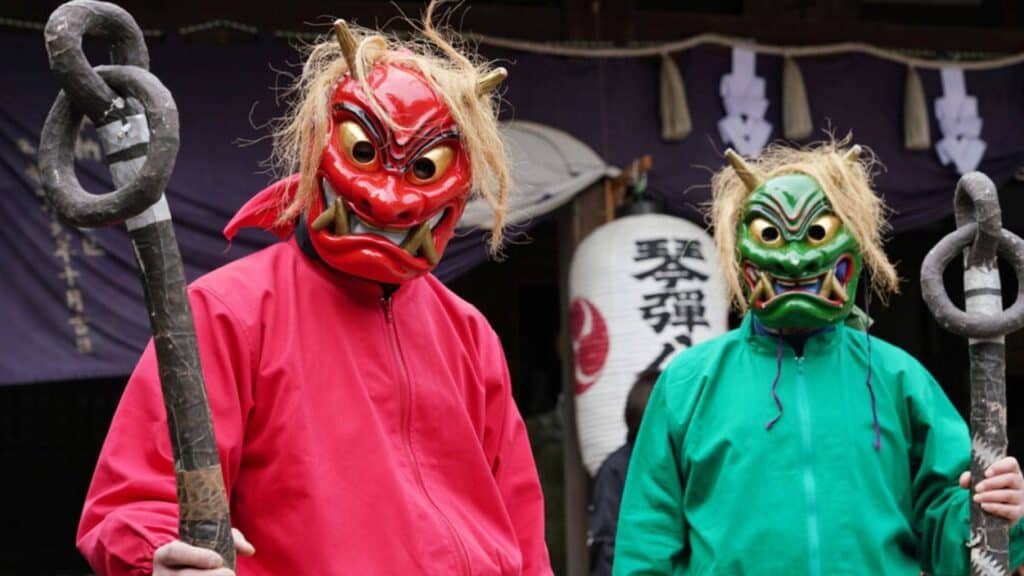
Setsubun is generally said to be an event to get rid of evil spirits and pray for a disease-free life. Since ancient times, it has been thought that it is easy for evil to enter at the turn of the season, and since it is still cold at this time, it is easy to get sick. As an event to pray, an event called Nuo folk religion has been held.
The practice of chasing the demons away is called Oniyarai. This practice was inherited by temples and shrines in different places, and has spread to the general public throughout the years.
What is the origin of setsubun?
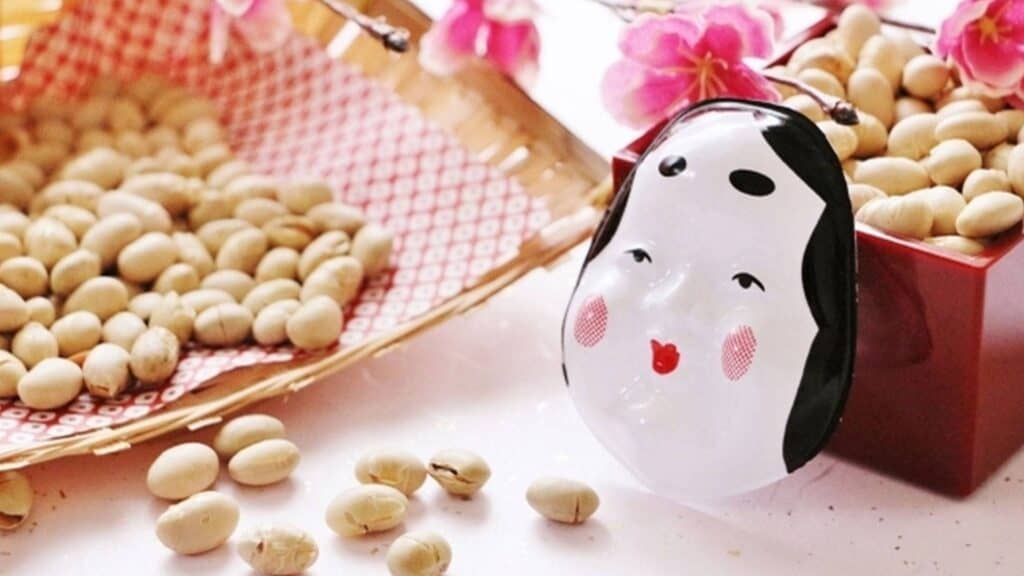
Originating in China, it is said that during the Heian period, when continental culture was widely adopted, Nuo folk religion began to be held as a Miyanaka event on New Year’s Eve. This is a ritual where Onmyoji comes to cleanse the evils and disasters on New Year’s Eve.
In the olden days, there is a description as an epidemic payment in “Zoku Nihon Shoki”. Nuo folk religion as a Miyanaka event gradually declined, and it is said that it was no longer held in the Edo period.
However, from some time ago, Nuo folk religion spread and became established among the common people as an event called “Setsubun,” where beans were sown and demons were dispelled to pray for a disease-free life.
When is Setsubun?
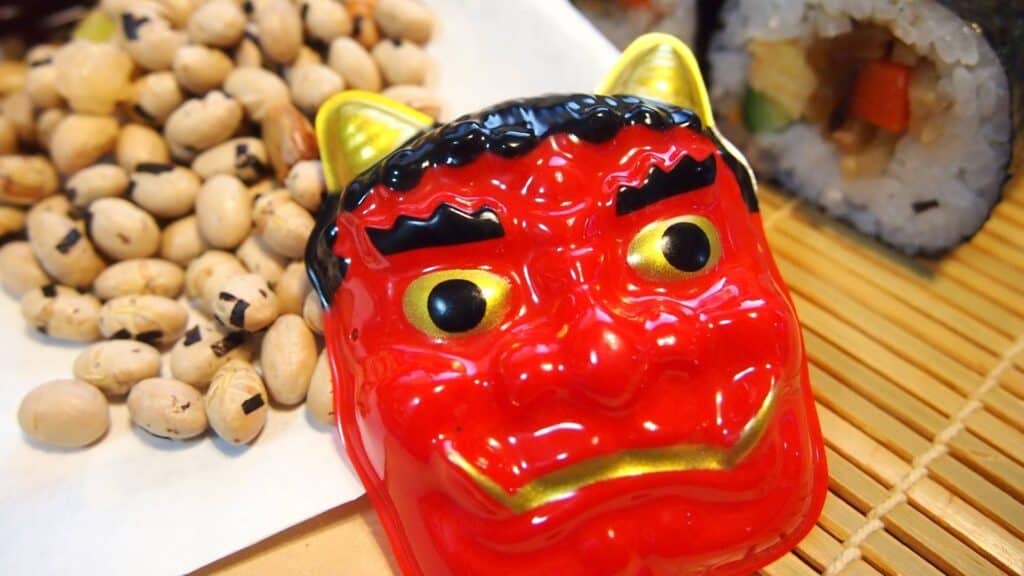
Most people know Setsubun to take place on February 3rd, but there are rare years when it becomes February 2nd or 4th, and the date is not fixed.
In 2021, February 2nd was setsubun for the first time in 124 years since 1897. It was on February 4th in 1984.
This has to do with a leap year once every four years. Originally, the word Setsubun has the meaning of dividing the seasons, and refers to all of the “Rising Spring, Rising Summer, Rising Autumn, and the day before the Rising Winter” of the 24th solar term, which is originally the beginning day of the season.
Twenty-four solar terms are based on the movement of celestial bodies and are determined by the positional relationship between the sun and the earth. Lichun is the day when the ecliptic coordinate of the sun reaches 315 degrees. The orbital period is not exactly one year, and there is a gradual shift. By setting a leap year that is increased by one day every four years, the book ends are adjusted.
Setsubun will be on February 2nd the year after the leap year. The next leap year will be 2024, so the setsubun for 2025 will be February 2.
Why sow roasted soybeans at Setsubun?

It is an event called “Setsubun” to get rid of evil spirits and pray for a disease-free life, but why sow beans?
Since ancient times, the Japanese have believed in the existence of Kotodama, the Japanese belief that mystical powers dwell in words and names. Soybeans in Japanese is “mame”. “Mame” can be written in the kanji of “魔”, which means “demon” and “目”, which means “eye”. So by sowing soybeans, it is believed that the demon eyes are being destroyed and the evil spirit is dispelled.
Besides this, beans are a symbol of five grains (rice, wheat, Japanese millet, millet, beans), and the Japanese, who are agricultural people, have believed that God dwells in these.
How to sow roasted soybeans at Setsubun?
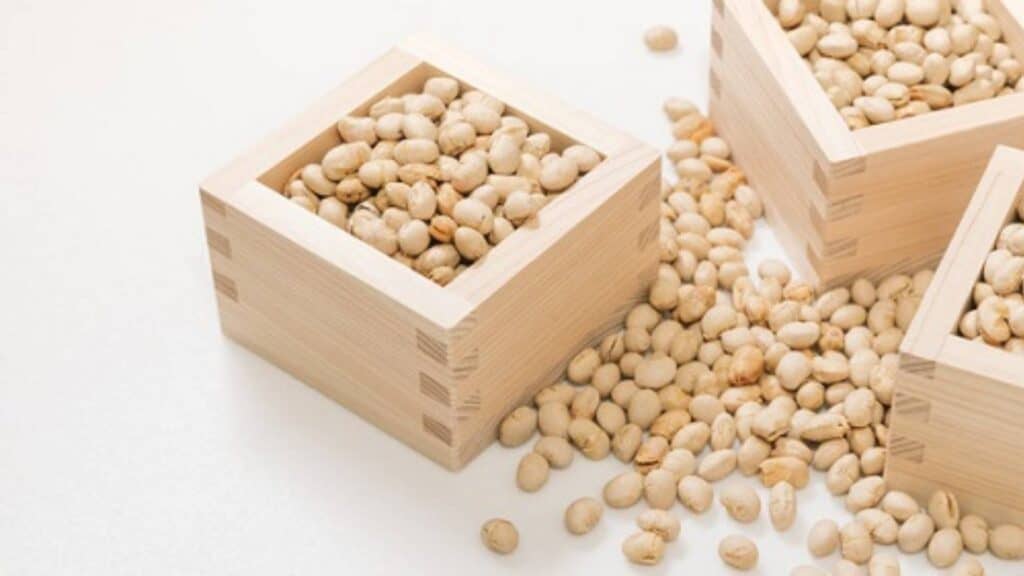
So how do you sow beans during Setsubun? It’s not that it’s just a mess, but there are proper rules.
Originally, this ritual was performed by the patriarch, but recently it is often done by older men, older women, and people who have an unlucky year.
Here, let’s take a look at the steps in order for the correct method of sowing beans. Depending on the region, the practices also differ but this is one of the most common ways to sow soybeans.
- The day before Setsubun, put the roasted soybeans in a box and serve them on the Kamidana, a Shinto household altar to worship the gods. If you don’t have a Kamidana, you can put Fuku beans on white paper and put them in a high place.
- On the day of Setsubun, it is said that the demons will come at midnight (the time of the northeast), so it is best to sow beans at night. It is best done between 8 pm and 10 pm. Hold the box with soybeans in your left hand in front of your chest, and sprinkle the beans with your right hand. Start with the entrances of your home like windows and doorways. Start sowing beans in order from the back room, calling out or chanting in your head,「鬼はそと, Oni wa soto」(Demons are outside) and 「福はうち (Fuku wa uchi)」(Fortune is inside). When you’re done, don’t forget to lock the demons out by locking the door to your home.
- After sowing beans, it is a tradition to eat soybeans. You should eat one more bean than your age, in hopes to get rid of the evil for a year. If you don’t like soybeans, you can drink “Fukucha” instead. This is a tea made by adding 3 grains of soybeans, kelp, salted kelp, and pickled plums. You can easily make it just by pouring hot water in a pot.
What food is eaten during setsubun?
Setsubun Iwashi
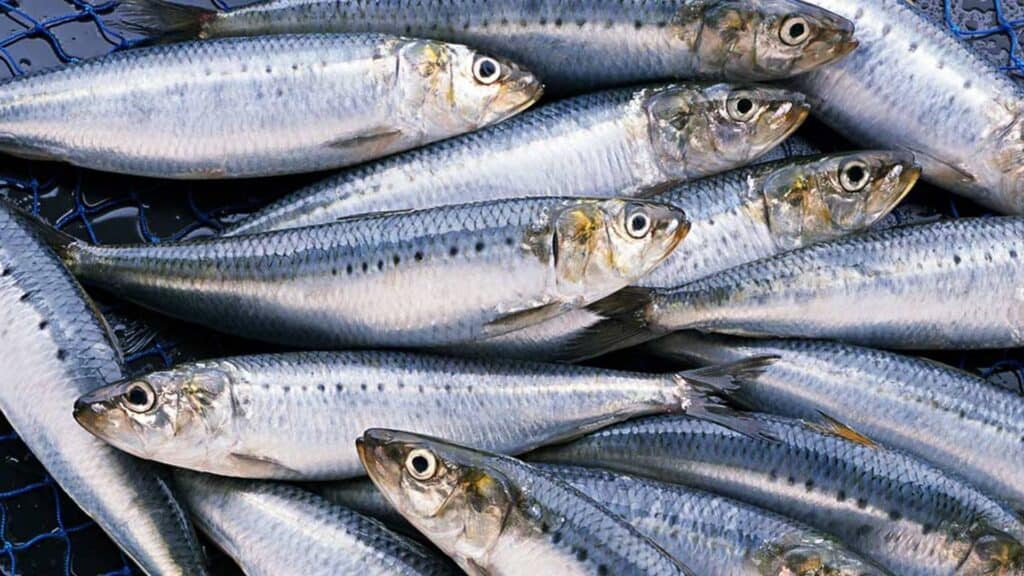
Salty iwashi are salted sardines and they are the staple of setsubun. It is believed that demons don’t like the smell of iwashi. During setsubun, you can eat grilled iwashi, iwashi miso soup or ginger iwashi.
Ehomaki
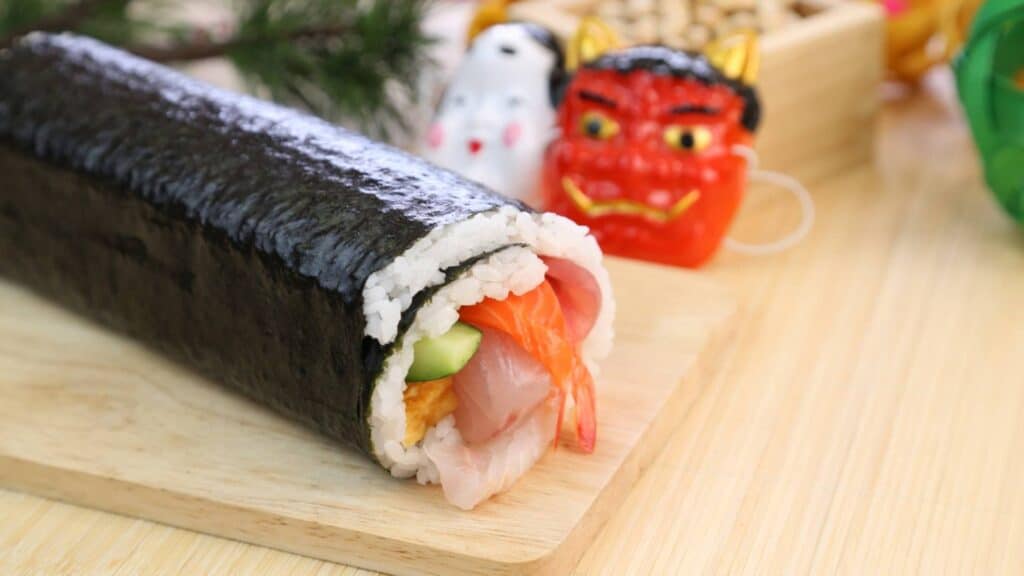
Ehomaki is the big sushi rolls you have seen around. It is believed that if you eat Ehomaki silently, your wish will come true.
There are different theories about its origin, but it is said that it started as a prayer for prosperous business in Osaka and Senba at the end of the Edo period. There are 7 kinds of ingredients used in Ehomaki, symbolising the Seven Lucky Gods.
Peanuts
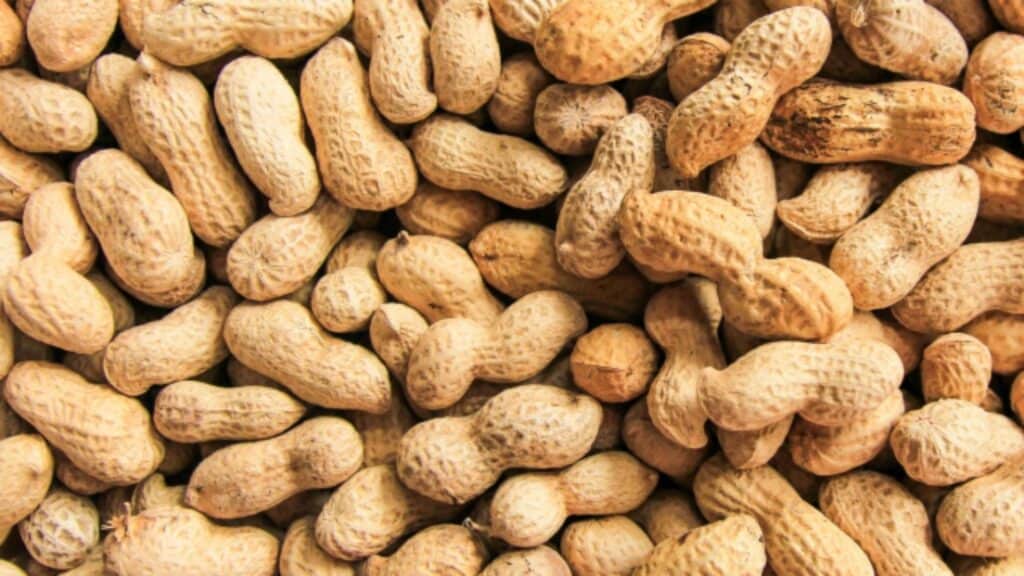
In Hokkaido, Tohoku, Shinetsu, and Miyazaki / Kagoshima prefectures, many households use peanuts instead of soybeans during Setsubun.
According to the National Peanut Association, it spread around 1955 to 1940. The reason is that whole peanuts are more hygienic and easier to pick up and eat.
In Chiba prefecture, a famous peanut producing area, there is a local recipe of fried peanuts, where crushed fried peanuts are sprinkled on sardines. It’s commonly eaten during Setsubun.
Setsubun soba
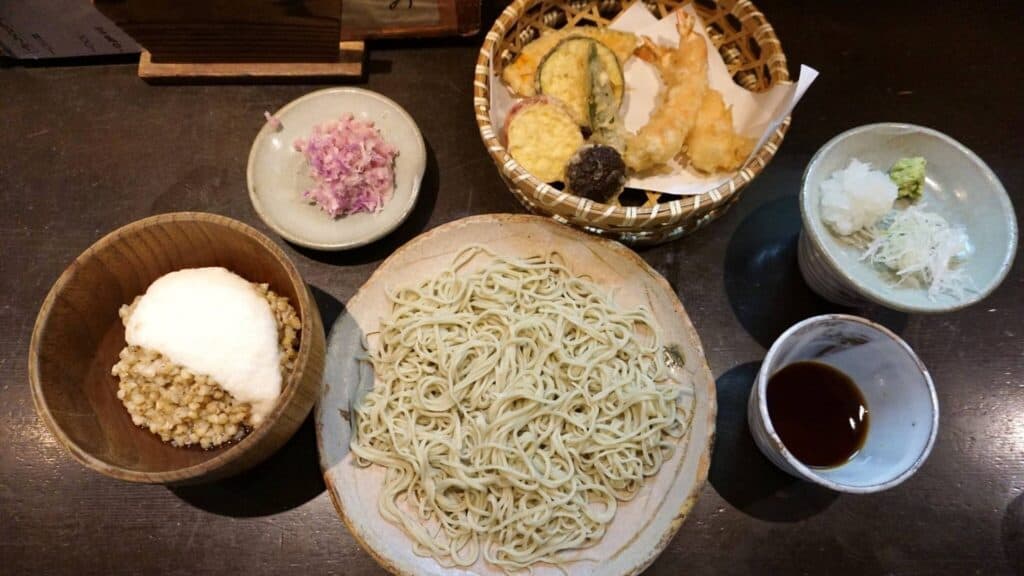
Soba was often eaten on Setsubun, which was New Year’s Eve in the Edo period. The practice of eating soba during New Year’s Eve symbolises longevity. There are beliefs that Setsubun soba kickstarted the beginning of Toshikoshi soba. Even now, in the Nagano and Izumo regions of Shimane prefecture, it is common practice to eat soba in Setsubun.
—
What do you think about Setsubun? Are you planning to try sowing soybeans and/or have a few of the traditional setsubun food? Hope you had as much fun as us when discovering the origin of Setsubun, figuring out the meaning of sowing soybeans and more!
Find out about Modern Fashion, Kimono culture, Jikkyousha, the weeaboo culture, ninja, geisha, samurai, horror legends and folktales. Stay tuned for more information about Japan travel, Japanese culture, moving to Japan, living in Japan, Japanese language and more.


Recent Comments